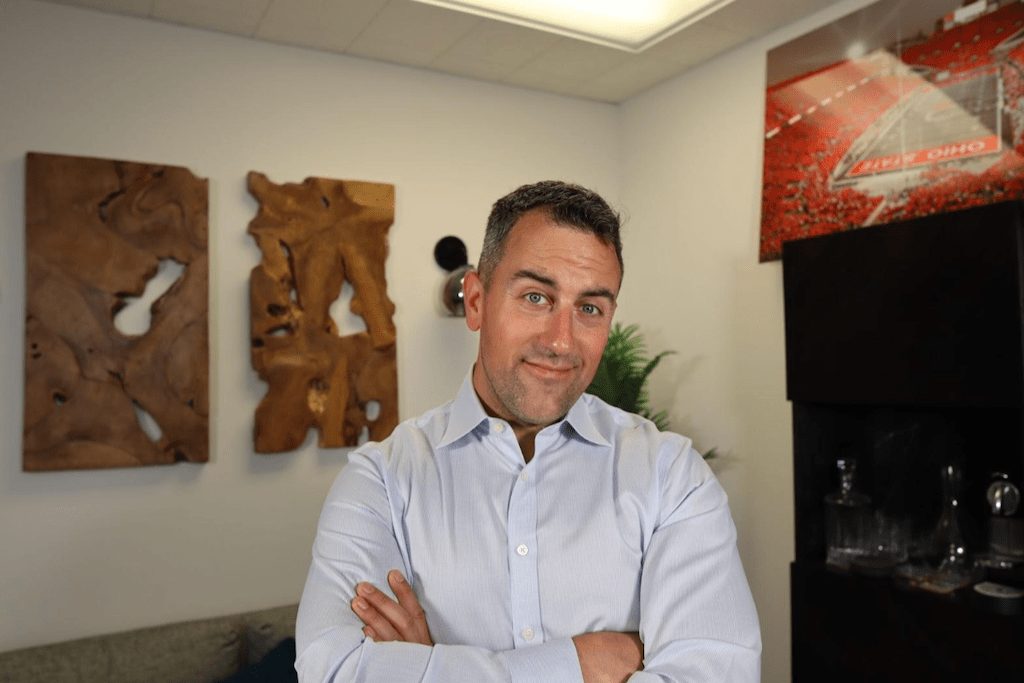An increasing number of consumers now turn to digital media for financial advice, which has given rise to a new category of influencers. “Finfluencers,” or financial influencers, range from anyone touting a new investment strategy on Instagram or Tik Tok all the way up to television personalities on major news networks.
While some of these finfluencers offer helpful insight into investment and financial management strategies, it is important for consumers to see the difference between a well-packaged promotional video with little substance and a valuable piece of financial advice. As a financial planner with over a decade of experience, Matthew Murawski focuses on fundamental financial management and financial planning. As he cautions his clients, there are several red flags to look for when seeking financial advice from finfluencers online.
“One of the biggest red flags for me is when you see anybody who says they are a crypto expert, Forex trader, or Forex expert,” Murawski says. “I probably see 5-10 of these types of scammers every day, offering secrets and courses – all trying to sell some sort of program to trade options or get the latest crypto coin.”
When considering one of these programs, it is important to ask yourself why they would be selling a revolutionary trading program in the first place.
“Anyone who is actually making money through crypto or Forex is not reaching out to people on Instagram or Tik Tok to teach you how to do it,” Murawski says. “The small number of people who are actually making money doing these things are not selling courses, they are making money.”
One thing that these finfluencers often have in common is that they promise a guaranteed, no-risk method for getting rich quickly. As with nearly every other get-rich-quick scheme, they are always too good to be true.
“Any time you see guaranteed or no-risk, it’s best to block and delete, because there are no guarantees in this world,” Murawski says. “The closest thing in the investment world to no-risk would be government-backed treasuries, but even then, you cannot guarantee them 100%.”
Most of all, Murawski says, consumers should take a moment to step back from what they are watching and ask themselves a simple question: Are these finfluencers providing valuable, actionable insight into financial markets – or are they just creating good entertainment? That is where most of these advice videos and tutorials fall apart. Behind the slick packaging and editing, there is little value.
“A lot of people these days are very good at making watchable content,” Murawski says. “They know how to market, how to hook you, and they will put together bits and pieces of financial advice and repackage it as something new and exciting.”
A recent trend that Murawski has encountered is finfluencers raving about “the secret to creating tax-free retirement.” All these finfluencers are doing, however, is promoting a Roth IRA conversion, which has been available for decades. By promoting it as an exciting new “industry secret,” finfluencers not only build enthusiasm – they share half-truths with the public.
“While it is true that Roth IRAs are tax-free in retirement, you either pay tax upfront or when you convert a traditional IRA or 401k, you pay a big tax bill then,” Murawski says. “A lot of what finfluencers do is very misleading, but they present it in a very appealing way.”
As cryptocurrency soared in popularity over the past few years, many consumers wondered if they should be getting in on the “crypto gold rush.” Stories flooded the internet about young investors getting into the crypto space at the right time and buying homes for cash, generating a strong FOMO across the industry.
Although there can be some value to investing in crypto, Murawski tempers that excitement with caution, reminding consumers that a steady, methodical investment strategy will outperform wild swings at trending topics.
And for consumers who find themselves drawn to these finfluencers and curious to learn more, they should seek the guidance of a licensed financial professional who can walk them through the pros and cons in a balanced, unbiased way.
Matthew Murawski is a financial planner at Goodstein Wealth Management and in his role, he helps manage the firm’s 401(k) clients, as well as his individual clients. He helps clients potentially position themselves for future growth by providing individualized recommendations and strategies. He has been in the financial services industry for over 10 years and had previously worked in the small-cap venture capital space. To learn more, visit www.goodsteinwm.com.
Written in partnership with Ascend









![Altha_Letizia Silvestri_SP Indoor 3[1]](https://hauteliving.com/wp-content/uploads/2022/12/Altha_Letizia-Silvestri_SP-Indoor-31-357x238.jpg)















